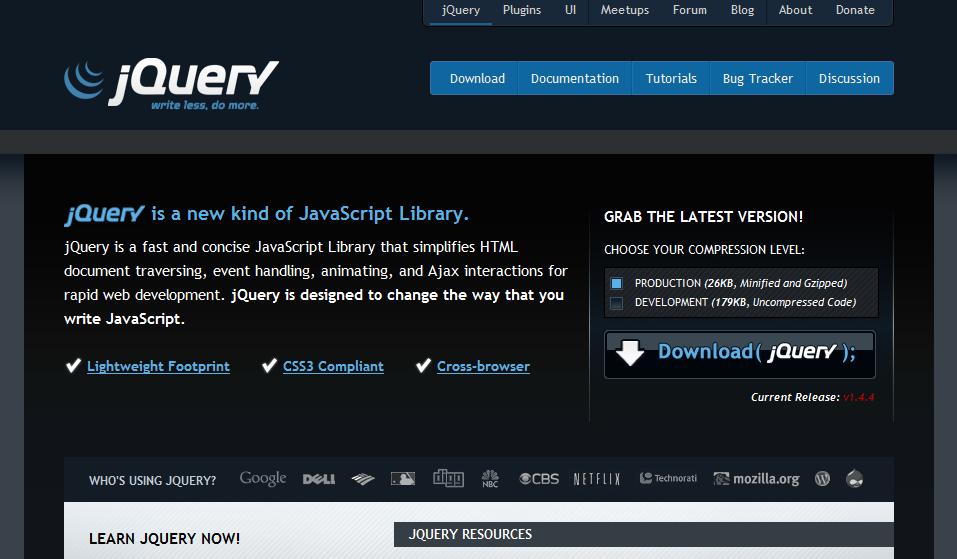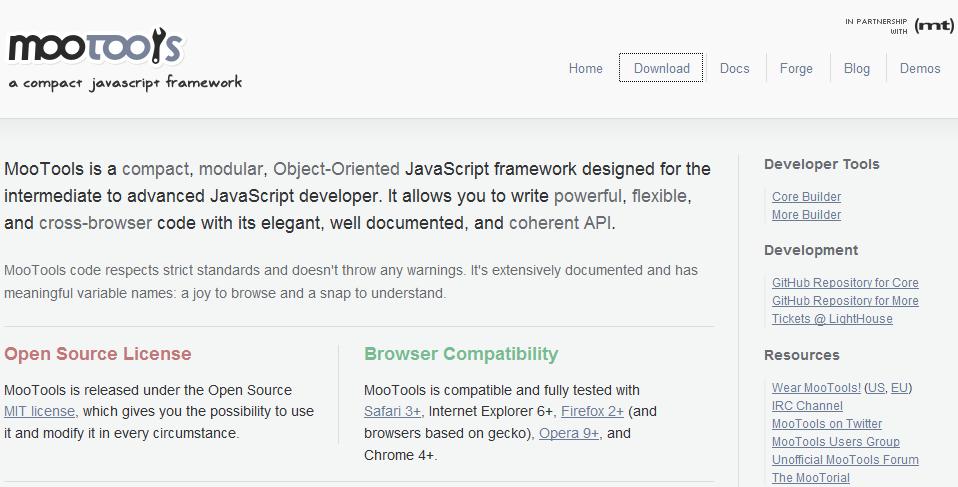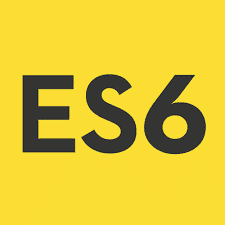In our last articlewe looked at YUI, Dojo and Echo, three JavaScript libraries that can simplify your life as a developer. In this article we’ll look at four more libraries: jQuery, Google Web Toolkit, MooTools and Prototype.
jQuery JavaScript Library
The jQuery JavaScript Library is billed as “the write less, do more” library that “simplifies HTML document traversing, event handling, animating, and Ajax interactions for rapid web development.” Like some of the other libraries we have discussed in our previous article, it is CSS3 compliant, and works across most, if not all of the current web browsers. A new version, jQuery Mobile, was just released that enables developers to write their code once and deploy across mobile and smartphone platforms.

Here are some articles we have published here on HTMLGoodies on the topic of jQuery:

The GWT is installed as a plugin for Eclipse, and is installed through a web-based process–once you have installed Eclipse, you just visit the Google Plugin for Eclipse 3.6 pageand following the prompts.
Geared towards the intermediate to advanced JavaScript developer, MooToolsis an Object-Oriented JavaScript framework that allows developers to write powerful, flexible code that works across all major web browsers. By adhering to strict web standards, MooTools code doesn’t create any error messages to annoy your site’s visitors, and it’s written to be easy for developers to follow and understand.

MooTools also has a demo areawhere they demonstrate various aspects of MooTools, including Basis, Events, Effects, Requests and Plugins. Like GWT, there is plenty of documentation on the site, as well as a lively developer community.
Prototype

Conclusion
We’ve shown you six JavaScript libraries and frameworks that can simplify your life as a developer, and help you to create compelling web-based applications that work across all browsers as well as mobile devices. Next week we’ll delve into several of these JavaScript frameworks, and we’ll create a sample application, complete with example code.













